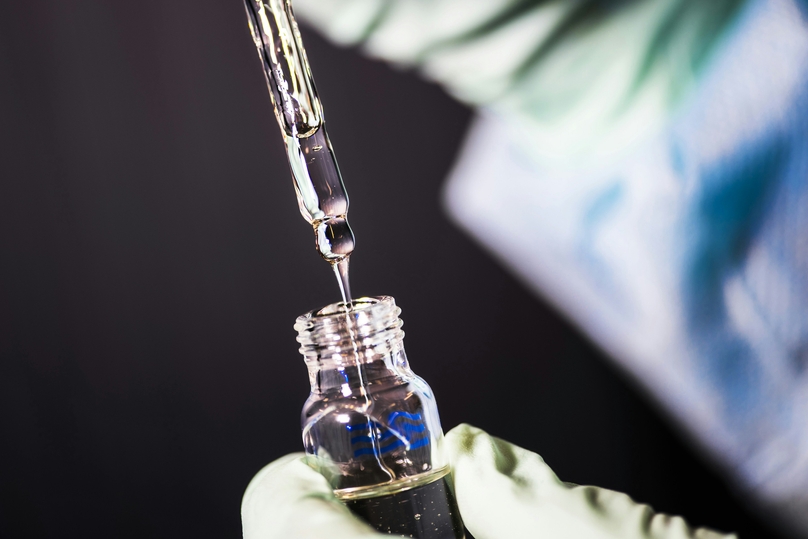In biopharmaceutical research, precision and speed are not just goals; they're imperatives. This is where LIMS reporting shines. It represents a critical leap forward in managing, accessing, and utilizing data. LIMS reporting stands as a pillar, supporting the rigorous demands of modern research with unmatched efficiency. It transforms vast data lakes into clear, navigable streams of actionable insights.
At Genemod, we understand that the backbone of impactful research is efficiency. Our lab automation system and software are designed to seamlessly integrate with your workflows, thus redefining what's possible in lab management. From automating complex experiments to simplifying daily tasks, we empower researchers to dedicate more time to what matters—innovation and discovery.
Moreover, managing a lab's inventory should always be a smooth process. Genemod offers the best lab inventory management software, transforming inventory chaos into a well-orchestrated symphony of order and availability. Our solution ensures that critical supplies are tracked, managed, and replenished with surgical precision, enabling your team to execute experiments without missing a beat.
Set Clear Objectives for Your LIMS Reports
Aimlessness is your enemy when it comes to LIMS reporting. Your report must meet a clear purpose: tracking inventory, monitoring workflows, or providing progress updates. Defining this purpose upfront is beneficial, mapping a goal for each report you pull. It may be tempting to stuff one report with various objectives, but this usually complicates the data and makes the report harder to understand. So, keep your objectives streamlined and to the point.
Let's use time-tracking as an example. If you want a report that shows time spent on a specific function, keep the objective confined to that. Avoid including extra data that doesn't directly relate. The result will be a sharp, focused report that's useful and easy to comprehend.
Keep LIMS Report Designs Simple and Uncluttered
Your report design influences how quickly users can understand the data. A cluttered, complex design can overshadow crucial stats. That's why simplicity and clarity should guide your LIMS report designs. The design should be focused on your data. Rather, it should serve to make the data more understandable.
One way to have a clean design is to limit visual elements. Human eyes can only process so much at once. By cutting down the number of visual elements, you make it easier to interpret data. This might mean using simpler graphs or fewer colors. The key is to ensure that your design choices prioritize clarity above all.
Use Standardized Data Formats for Consistency in LIMS Reporting
Standardized data formats bring consistency to your LIMS reports. This means choosing specific data presentation methods and sticking to them across all your reports. This consistency helps rapidly interpret data and saves valuable time.
Prioritize Key Information for Immediate Focus in LIMS Reports
The structure of a LIMS report should mirror the simplicity and directness of a well-planned route. There's a power in positioning the most critical information upfront. This setup ensures readers' eyes land on the most impactful data, driving home the primary insights without detour. Consider this approach a guiding light, focusing attention on what matters most. For instance, a report on weekly tests might start with the highest volume tests or unusual results before diving into more routine data. By doing so, it foregrounds the pivotal information, thus streamlining decision-making processes.
This method of organization does more than highlight key findings; it also optimizes readers' time. In a fast-paced lab environment, time saved can be invested elsewhere. A LIMS report crafted with prioritization in mind respects this economy of attention. It filters out the noise, allowing lab managers and researchers to grasp the situation and adjust their strategies accordingly quickly. Prioritizing key information is not just about structure; it's about creating a beacon that guides readers through the data, ensuring they first see what's most crucial.
Implement Visual Aids to Enhance LIMS Report Clarity
Visual aids are not mere embellishments in LIMS reports but essential tools that bridge comprehension gaps. By translating complex datasets into graphs, charts, and tables, these aids cut through the complexity, rendering dense information digestible. A well-chosen visual can sum up pages of data, offering an at-a-glance understanding that words alone struggle to match. This approach aligns with the principle that clarity in reporting is not just about what is shared but how it's presented. A pie chart illustrating sample categorization or a trend line graph showing test result variances over time can convey the narrative behind the numbers more effectively.
Transform Your Research with Genemod
Are you ready to amplify your lab's productivity and revolutionize how your research is conducted? Reach out to us today! Genemod is here to propel your work into the future with advanced LIMS reporting, lab automation, and inventory management solutions. Say goodbye to the old way of doing things and hello to a new era of efficiency and collaboration.


















